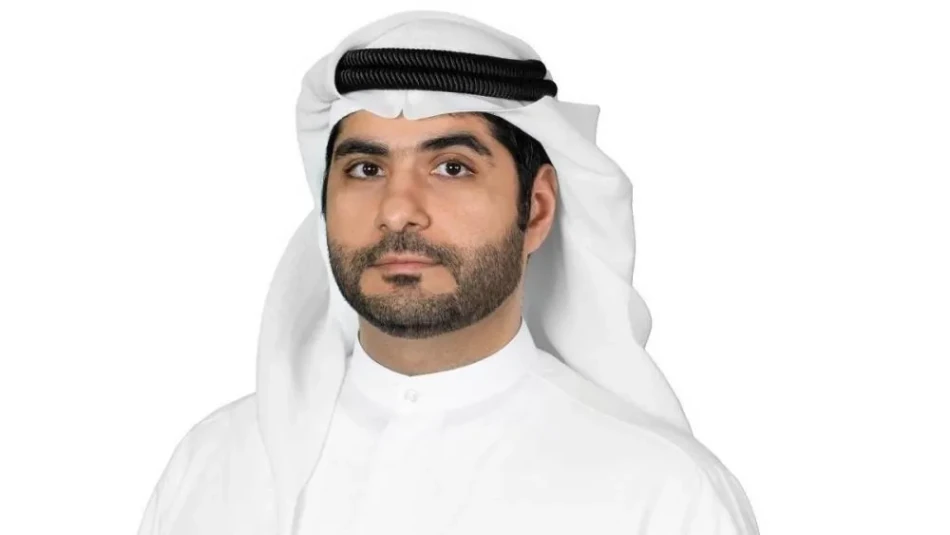
New Midterm Breaks Announced for Upcoming Academic Year in Saudi Arabia
UAE Introduces Revolutionary School Calendar Reform to Boost Student Wellbeing and Family Unity
The UAE Ministry of Education has unveiled a groundbreaking overhaul of its academic calendar for 2025-2026, introducing mid-semester breaks across all three terms for the first time. This strategic shift extends winter holidays to four weeks and synchronizes vacation schedules between public and private schools nationwide, marking a significant departure from traditional education planning that prioritizes student mental health and family cohesion over classroom hours.
A Paradigm Shift in Educational Philosophy
Engineer Mohammed Al Qasim, Undersecretary of the Ministry of Education, emphasized that this reform represents more than scheduling adjustments—it's a fundamental reimagining of educational success metrics. The ministry is moving away from the conventional wisdom that equates more classroom time with better outcomes, instead embracing a holistic approach that values student psychological stability and family integration.
This philosophical shift aligns with global trends in progressive education systems. Countries like Finland and Denmark have long championed shorter school days and longer breaks, consistently ranking among the world's top performers in international assessments. The UAE's move suggests a maturation of its education system, moving beyond quantity-focused metrics toward quality-of-life considerations.
Strategic Calendar Design: Balancing Rest and Learning
The New Break Structure
The 2025-2026 academic year, running from August 25, 2025, to July 3, 2026, introduces a carefully calibrated rhythm of rest and study. The calendar features 19 days of mid-semester breaks distributed across three strategic intervals:
First Term Mid-Break: October 13-19, 2025 (7 days)
Second Term Mid-Break: February 11-15, 2026 (5 days)
Third Term Mid-Break: May 25-31, 2026 (7 days, coinciding with Eid Al-Adha)
Extended Major Holidays
The major semester breaks total 42 days, with the winter holiday expanding to a substantial 28-day period from December 8, 2025, to January 4, 2026. This extension serves dual purposes: providing adequate rest for students and enabling families to participate fully in the UAE's vibrant winter cultural and social calendar.
Addressing the Family Coordination Challenge
One of the most practical innovations is the synchronization of vacation schedules across all educational institutions. Previously, families with children in different school systems faced logistical nightmares when planning holidays or family activities due to misaligned calendars.
This coordination challenge is particularly acute in the UAE's diverse educational landscape, where expatriate families often have children in various international curricula schools. The reform directly addresses this pain point, potentially reducing family stress and enabling better long-term planning for the significant portion of UAE residents who travel internationally during school breaks.
Economic and Social Implications
The calendar reform carries broader economic implications for the UAE's tourism and hospitality sectors. A synchronized four-week winter break could drive domestic tourism during the country's peak weather season, while also creating predictable demand patterns for international travel operators catering to the UAE's expatriate population.
The timing appears strategic, as the UAE continues positioning itself as a family-friendly destination for global talent. Educational policies that prioritize work-life balance and family welfare could enhance the country's attractiveness to skilled expatriate professionals weighing relocation decisions.
Flexibility for International Schools
Recognizing the unique needs of private schools following non-UAE curricula, the ministry has introduced measured flexibility. These institutions can implement mid-semester breaks in October and February only, limited to five consecutive days each, within specified timeframes. This compromise maintains national coordination while respecting the operational requirements of international education providers.
This nuanced approach reflects the UAE's sophisticated understanding of its educational ecosystem, where rigid uniformity could undermine the diversity that makes its school system attractive to international families and investors.
Looking Forward: A Model for Regional Education Reform
The UAE's calendar reform positions the country as a potential trendsetter in Gulf education policy. As regional competitors like Saudi Arabia and Qatar invest heavily in education system overhauls, the UAE's emphasis on student wellbeing and family integration could influence broader regional approaches to academic planning.
The success of this initiative will likely be measured not just in academic outcomes, but in student satisfaction surveys, family feedback, and the country's ability to attract and retain international education talent. If successful, this reform could become a template for education systems worldwide grappling with post-pandemic questions about the optimal balance between academic rigor and student wellbeing.
 Omar Rahman
Omar Rahman







